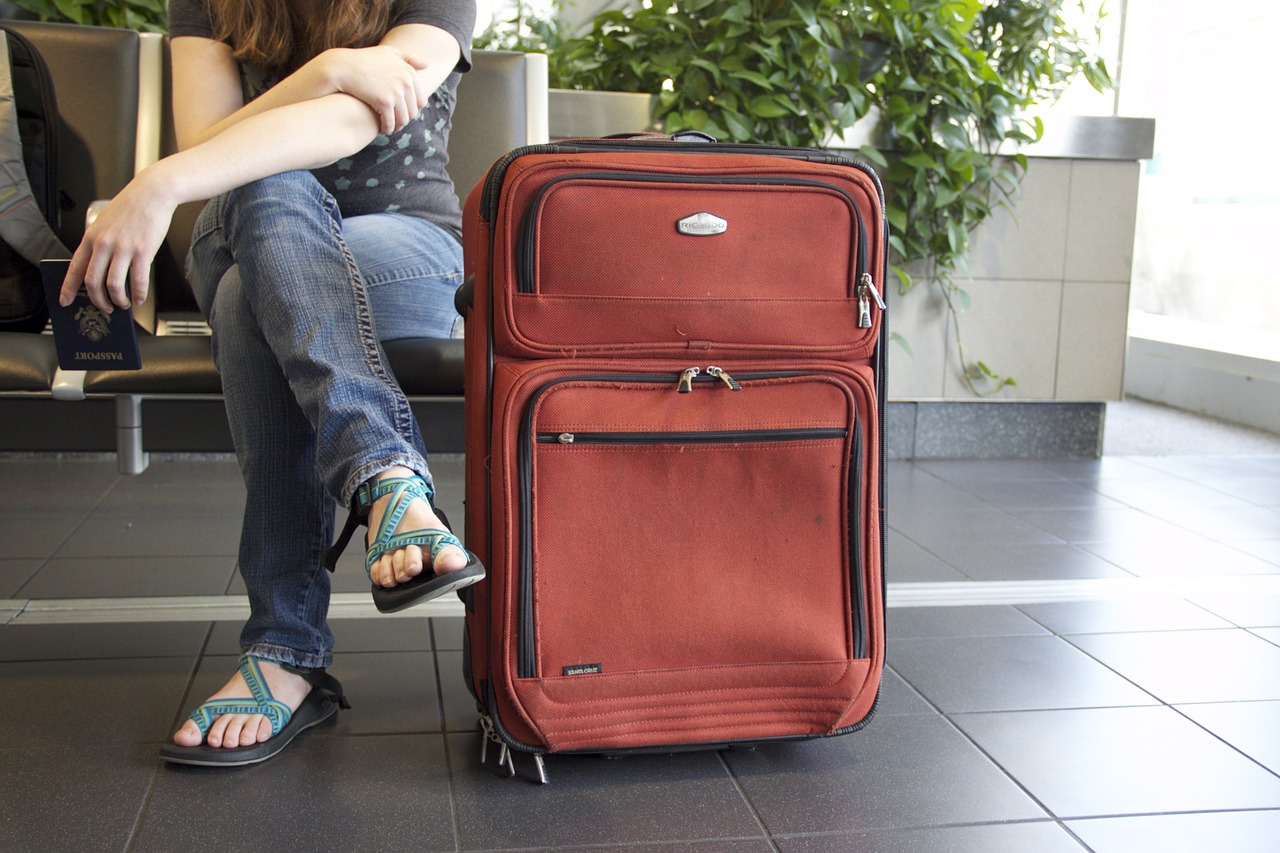I have noticed that among Latin Americans interested in emigrating to the US there are different interpretations on the subject of obtaining a visa. From my point of view as a mere user of the system, the one who sees "the bulls from the sidelines", I will try to synthesize in "3 dishes" how the immigration system works for businessmen, professionals and investors.
Immigration in 3 Courses
1. Visa Types
First of all, we must distinguish between two large categories of visas: Immigrant visas that lead directly to residence and Non-Immigrant visas that are temporary in nature. Let's see.
Immigrant Visas: To apply for an immigrant visa or "Green Card" the applicant must demonstrate that he is a worker with extraordinary abilities; or that he is a qualified investor or entrepreneur; or that he possesses certain special qualities to practice a profession or trade that does not compete with the local workforce.
Into this category belong the visas known as the EB-2 and EB-5, which by the way deserve my red flag for inadvertent applicants.
The EB-2 visa applies to professionals who have a postgraduate degree, or to foreigners who possess some exceptional ability, or to applicants who are experts in an area considered to be of national interest.
To qualify for an EB-5 visa, on the other hand, the applicant must contribute $500,000 to acquire shares of a private company that has been classified as a "Regional Center" for its capacity to generate new jobs. Once the immigration agency has verified the legal origin of the funds and other pertinent information, a provisional "Green Card" is granted to the applicant.
If the project goes well during the following two years, the applicant and his/her family nucleus will receive their definitive “Green Card”. Otherwise, if the project fails, the applicant and his family will lose their immigration benefits and, probably, the amount of their investment.
Non-Immigrant Visas: These visas are granted to applicants who wish to temporarily stay in the US for tourism, medical treatment, studies, business or to carry out certain work, professional or business activities. The B-1 and B-2 visas used for short stays of 3 to 6 months belong to this category; and the F-1 visa for students.
The categories of Nonimmigrant visas most requested by those who wish to work or invest in the US are the following:
- L-1 Visa: It is also known as the "transferred executive" visa. The applicant must be transferred from an executive position in their country of origin to another similar position in the US The activity of the company that transfers the executive must continue during the validity period of the visa. The beneficiary of an L-1 visa can eventually apply for residency (“Green Card”), with a high chance of success.
- E-1 and E-2 visas: This visa is known as an "Investor Visa" and benefits citizens of countries that have signed an investment or trade treaty with the US. It favors a broad conglomerate of countries from the five continents and applies to the following countries Spanish-speaking: Argentina, Bolivia, Chile, Colombia, Costa Rica, Ecuador, Honduras, Mexico, Paraguay, Panama and, of course, Spain.
- H1-B Visa: This visa is known as a “hired professional” visa. It favors university graduates in careers of 4 years or more who show that they do not compete with the local labor force. It is required for its activation that a North American company sponsors the applicant.
- O-1 Visa: This visa is granted to individuals who have demonstrated "extraordinary ability" in business, science, the arts, literature, sports, or teaching, and who are internationally renowned.
2. Visa application
Once the applicant has been framed within one of these types of visa, he or she may resort to one of the two usual forms of application, either through "adjustment of status" in the US or through "consular processing" if the Applicant and/or his/her family is abroad. The forms that must be filled out in each case, as well as the pertinent instructions, can be found on the official website of the US immigration office, which is www.uscis.gov.
3. Final Tip
Although the applicant can download the forms and fill them out by himself, it is highly recommended to consult with a lawyer specialized in the matter whose credentials can be verified and who can give him the professional advice that best suits each particular case.
Ahh!, and don't forget to ask for a quote before starting the consultation process...




